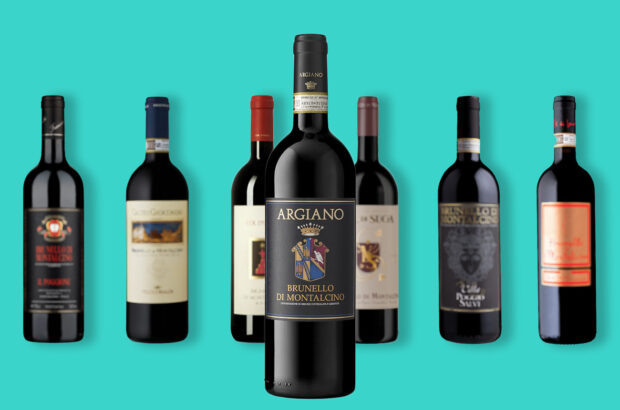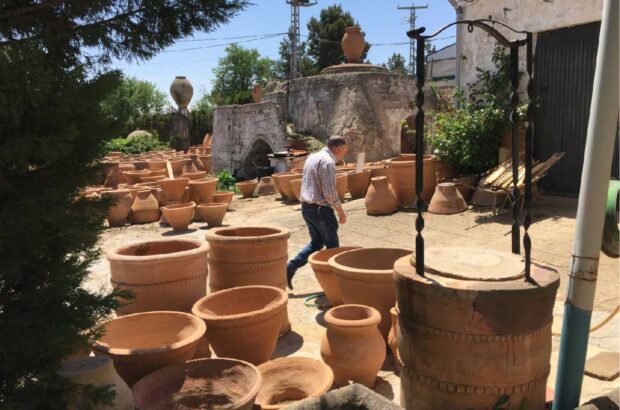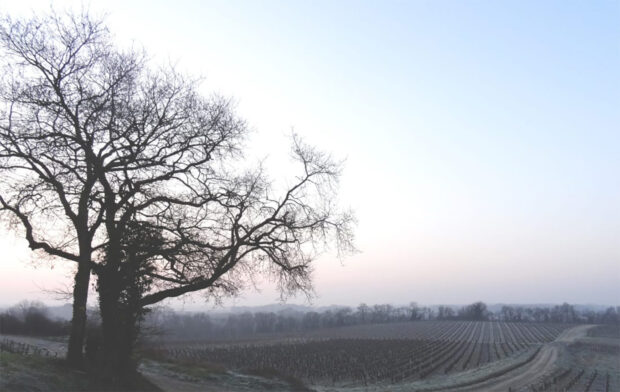John Stimpfig begins a series on buying wine as an investment with a look at the potential rewards.
Yes, wine lovers, it’s that en primeur time of year again and this summer the question is whether you’re going to put your hand deep into your pocket and buy that case or 10 of Lafite or Lynch-Bages. But what exactly are your motives for buying wine? When the time is right, are you going to drink for pleasure or are you going to sell for profit? The fact is, whether we like it or not, certain bottles are more than wine. These days, they’re also commodities to be invested, traded and speculated on like stocks and shares. There’s certainly no doubt that a lot of money has been made – and, in some cases, lost – in recent years, with the result that investing in blue-chip wines has taken off like a case of 1961 Latour (arbout £8,000 a case at auction). Just talk to the brokers, merchants, auctioneers, consultants and wine portfolio schemes, all of whom are reporting brisk business as more and more people are getting into the investment game. This spring, the Wine & Spirit Education Trust in London has even started running wine investment courses.
Pleasure or profit?
While it has always been (and remains) Decanter’s view that the primary purpose of wine is pleasure not profit, we feel it is now appropriate to offer some advice and broad guidance – with good reason. Firstly, very little has been written about this complex subject and, secondly, the market is completely unregulated. In recent years, a rash of undesirable, unscrupulous traders have also been at work, parting naïve and gullible investors from their hard-earned cash. Wine writer Jim Budd estimates that in the last seven years, thousands of people have paid out up to £200m on dodgy drinks investments. ‘Almost all are worth far less than the investor paid, while some are completely worthless,’ says Budd. This series is designed to help you to find your way safely through the fine wine maze and point you in the direction of reputable dealers who will help buy and sell wine at fair prices. In addition, we aim to offer some dos and don’ts, explain the market and look at the mechanics of how and when to trade. We will also cover what type of wines to invest in, how to store them, what the costs are and offer some useful tips on possible investment strategies.
How it all began
Ironically, wine investment is nothing new. In the past, the English upper classes invariably bought more fine claret than they were able to consume and often sold off surplus wines at a tidy profit, effectively financing their consuming passion for free. However, the English haven’t had it all their own way. As the world became richer, the fine wine habit spread to Europe, the United States and parts of the Far East. Most recently, the wealthy South Americans, Russians and Chinese have also joined the fray. In each country the story has been the same: the world’s greatest wines were becoming regarded as symbols of status, wealth and sophistication and, in the process, the great wine of the world has become a classic collectible. But as the number of new, super-rich wine aficionados has increased dramatically, the supply of fine wine has remained stubbornly static at about half a million cases a year. Admittedly, investment wines can now be found beyond Bordeaux in California, Italy, the Rhône and Australia. However, quantities are miniscule and have had little effect on the supply chain.
Wine regions: Bordeaux wines
So, while supply has remained fixed, demand and liquidity have become even more elastic. And, as any economist will tell you, under such circumstances prices can only go one way. During the 1980s, particularly after the great 1982 Bordeaux vintage, the Americans piled into the fine wine arena, pushing up prices, but this was nothing compared to the Far East buyers of the mid-1990s who inflated prices, particularly at auction, to unheard of levels. At its peak, a single case of 1982 Château Le Pin most famously went for a staggering £30,000.
Numbers game
While this extraordinary state of affairs couldn’t (and didn’t) last, word soon got out that you could make serious money on wine, which largely explains the state we are in today. According to Simon Staples of Berry Bros & Rudd’s broking department: ‘There’s a huge interest out there in investment. Prior to 1995, few people realised the potential, but they do now.’Certainly, the figures can be compelling. According to uvine chairman, Christopher Burr MW, if you bought the five first growth châteaux in good vintages on release starting in 1970, the growth in value would be around 7,000%. Meanwhile, top class investment grade wines from great vintages continue to outperform other financial indices such as the FTSE 100 and the Dow Jones.
Bordeaux 2014 – The silent majority
Top investment tips
Wine should only represent a small part of your total investment portfolio; no more than 5–10%. To get the best returns, most wines should be regarded as long-term investments – as a rule, at least five years. As the wine ages, it will become simultaneously more mature and more rare as bottles are consumed. Both factors will increase its value.
Do not invest any money in wine that you cannot afford to lose.
Compare prices carefully with a number of different wine merchants before investing.The fine wine market is completely unregulated. You will have little or no redress if you lose money. All investments are therefore entirely your own responsibility.












